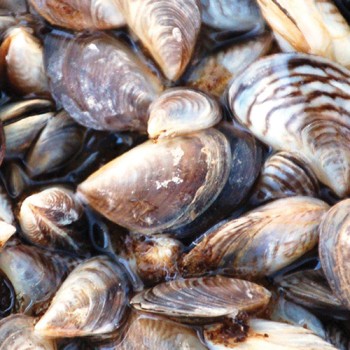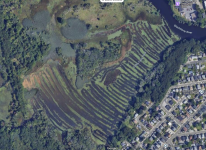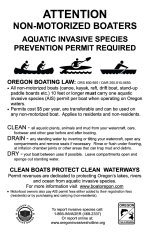Does this happen? Where? And what kind of species?
It certainly seems possible. What prompted my interest was THIS ARTICLE on the golden mussels danger to Lake Tahoe.
"Last weekend, watercraft inspectors found golden mussels, a highly invasive aquatic species, on a 45-foot boat that was headed to Lake Tahoe. Experts say golden mussels pose an extreme threat to Lake Tahoe. To stop the mussels from getting into the lake, this spring, Tahoe implemented much stricter measures that go beyond the norm, requiring that every single motorized boat not just be inspected but also be decontaminated before hitting the water."
"Officials found golden mussels for the first time in North America last October, in the Sacramento-San Joaquin Delta, according to the California Department of Fish and Wildlife. Golden mussels are known to be voracious filter feeders and can increase the nutrients in a lake, which leads to algae growth."
"While Tahoe officials have increased the protocol for motorized watercraft, experts are also concerned the mussels could get into Lake Tahoe by hitching a ride on a kayak, a stand-up paddleboard or even a floatie. That means anyone could bring the invasive species into the lake."
I believe New York State has a strict inspection and steam cleaning program before canoes and other paddlecraft can launch onto a state reservoir.
It certainly seems possible. What prompted my interest was THIS ARTICLE on the golden mussels danger to Lake Tahoe.
"Last weekend, watercraft inspectors found golden mussels, a highly invasive aquatic species, on a 45-foot boat that was headed to Lake Tahoe. Experts say golden mussels pose an extreme threat to Lake Tahoe. To stop the mussels from getting into the lake, this spring, Tahoe implemented much stricter measures that go beyond the norm, requiring that every single motorized boat not just be inspected but also be decontaminated before hitting the water."
"Officials found golden mussels for the first time in North America last October, in the Sacramento-San Joaquin Delta, according to the California Department of Fish and Wildlife. Golden mussels are known to be voracious filter feeders and can increase the nutrients in a lake, which leads to algae growth."
"While Tahoe officials have increased the protocol for motorized watercraft, experts are also concerned the mussels could get into Lake Tahoe by hitching a ride on a kayak, a stand-up paddleboard or even a floatie. That means anyone could bring the invasive species into the lake."
I believe New York State has a strict inspection and steam cleaning program before canoes and other paddlecraft can launch onto a state reservoir.





